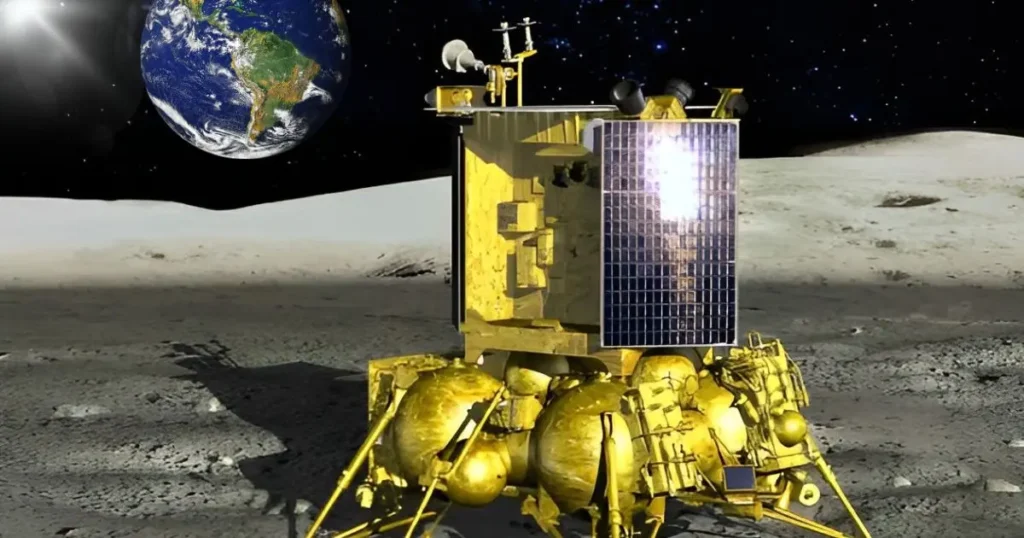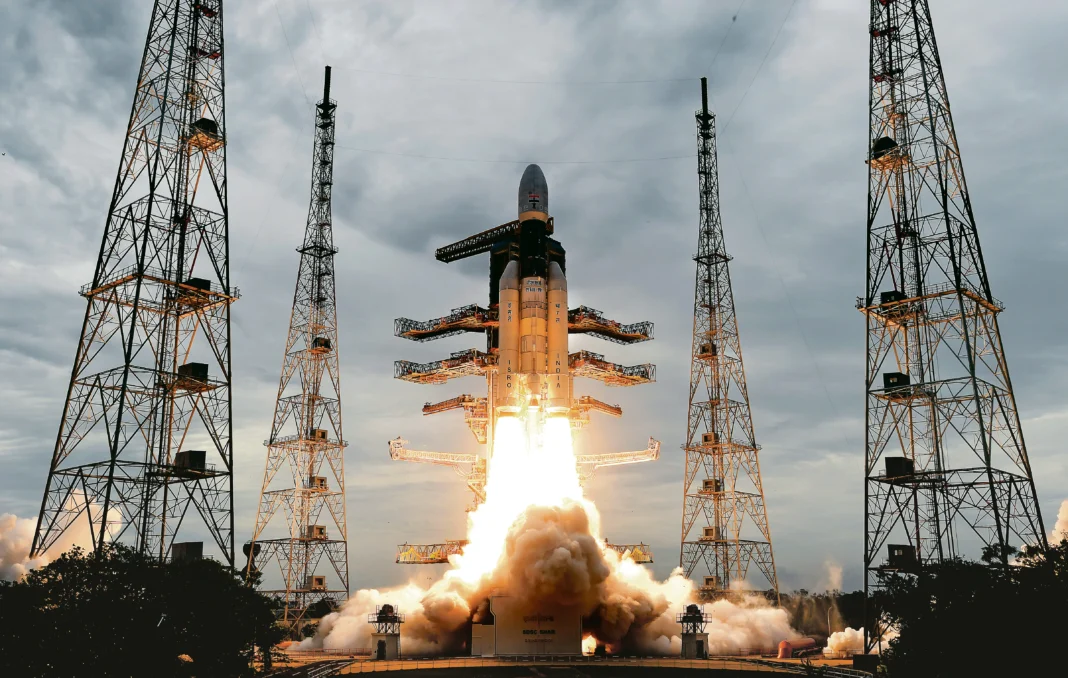Exciting news emerges from the Indian Space Research Organisation (ISRO)! A collaborative study involving ISRO scientists and international researchers suggests the presence of significantly more subsurface ice than previously thought in the Moon’s polar craters.

Chandrayaan-2 Data Paves the Way
This groundbreaking discovery stems from the analysis of polarimetric radar data collected by the Dual-frequency Synthetic Aperture Radar (SAR) onboard Chandrayaan-2, India’s lunar exploration mission. The study, led by a team from the Space Applications Centre (SAC)/ISRO in collaboration with researchers from IIT Kanpur, the University of Southern California, Jet Propulsion Laboratory, and IIT (ISM) Dhanbad, sheds new light on lunar water ice.
Ice Abundance and Distribution
The research indicates a potentially vast reservoir of subsurface ice, with estimates suggesting “the amount of subsurface ice in the first couple of meters is about 5 to 8 times larger than the one at the surface in both poles,” according to ISRO. Additionally, the study reveals a higher concentration of water ice in the northern polar region compared to the south.
Volcanism and Impact Craters: Shaping the Lunar Landscape
The study also proposes that volcanic activity during the Imbrian period likely played a role in outgassing water molecules, contributing to the formation of lunar ice. Furthermore, the distribution of this ice is believed to be influenced by past volcanic activity (“Mare volcanism”) and the preferential formation of impact craters on the lunar surface.
Multi-Instrument Approach for Accurate Detection
The team employed a comprehensive suite of seven instruments to achieve this significant discovery. These instruments included radar, lasers, optical sensors, a neutron spectrometer, an ultraviolet spectrometer, and a thermal radiometer.
Implications for Future Lunar Exploration
ISRO emphasizes that “the presented comprehensive understanding of the occurrence of water ice in the lunar poles… is crucial for supporting ISRO’s future in-situ volatile exploration plans on the Moon.” This newfound knowledge can inform future missions aimed at directly extracting and analyzing lunar ice.
Global Lunar Exploration
This discovery coincides with China’s Chang’e-6 mission, currently underway. This 53-day lunar probe aims to collect samples from the far side of the Moon for the first time, marking another milestone in global lunar exploration endeavors.





